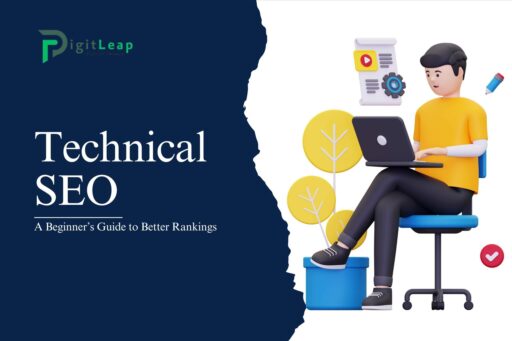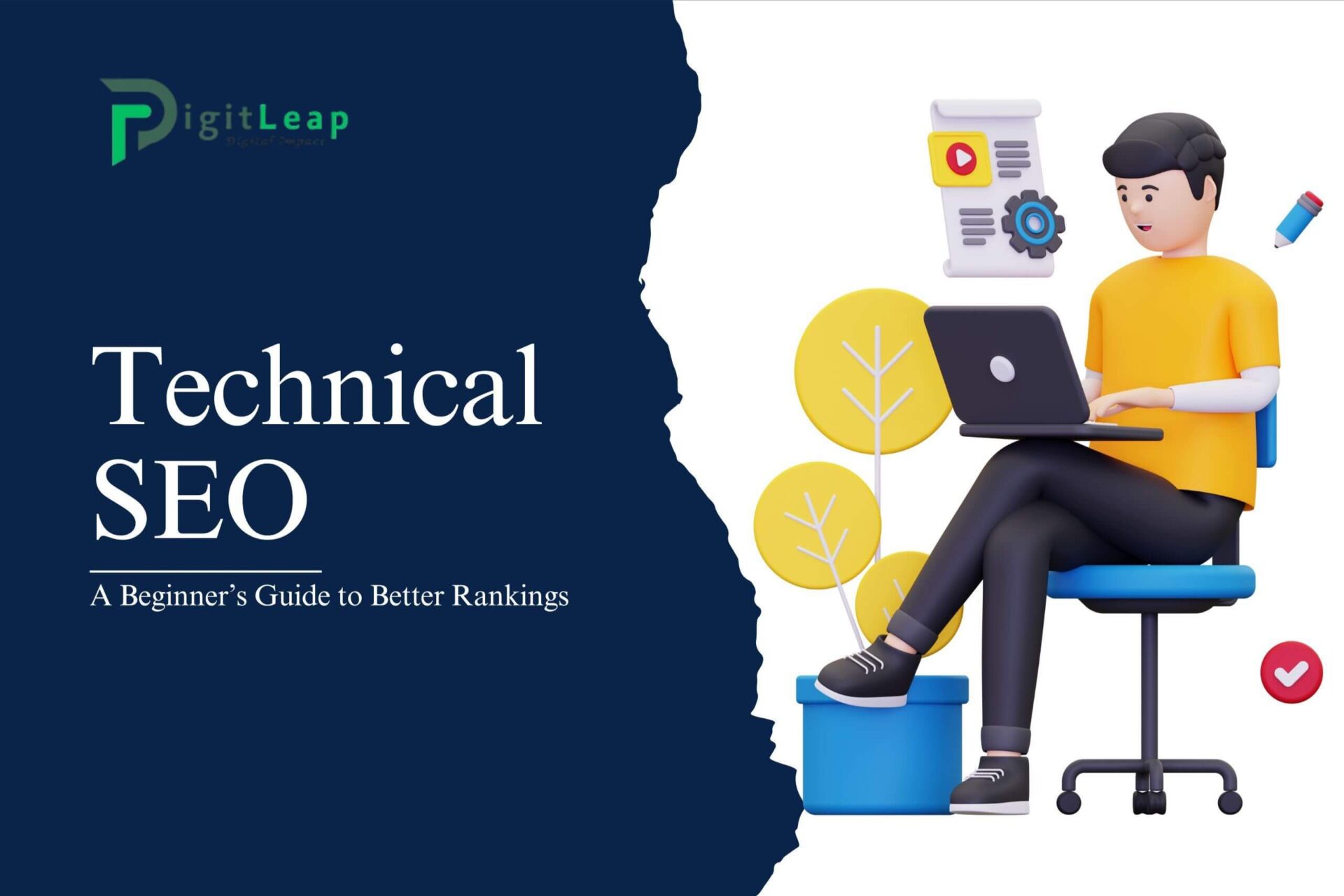Technical SEO Made Simple: A Beginner’s Guide to Higher Rankings
Technical SEO is the backbone of a well-optimized website. While content and backlinks are essential, your site needs a strong technical foundation to rank higher on search engines. This guide will break down technical SEO in a simple way, helping you improve your website’s performance and visibility.
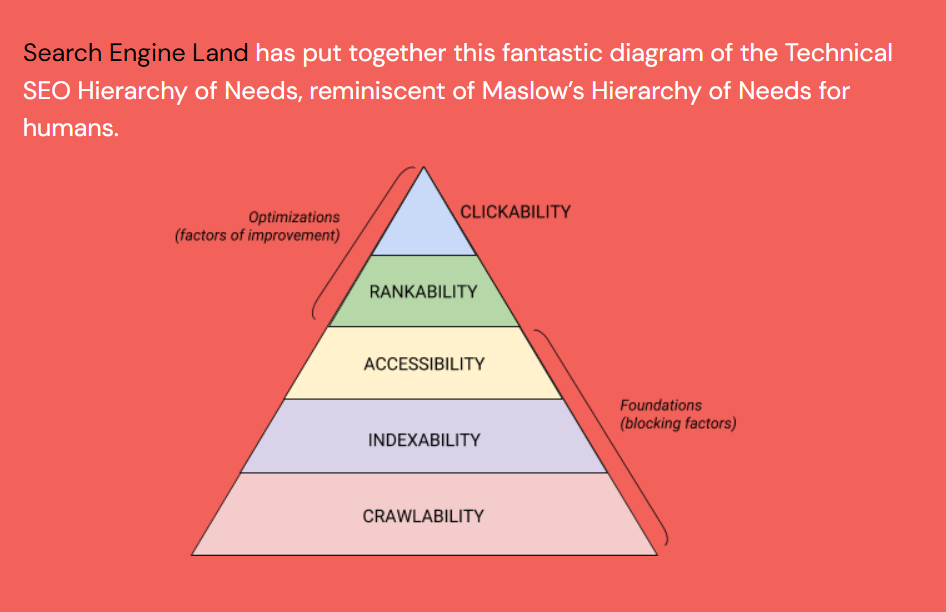
What is Technical SEO?
Technical SEO refers to optimizing your website’s infrastructure so that search engines can crawl, index, and rank it efficiently. It ensures that your site loads quickly, is mobile-friendly, and follows search engine guidelines.
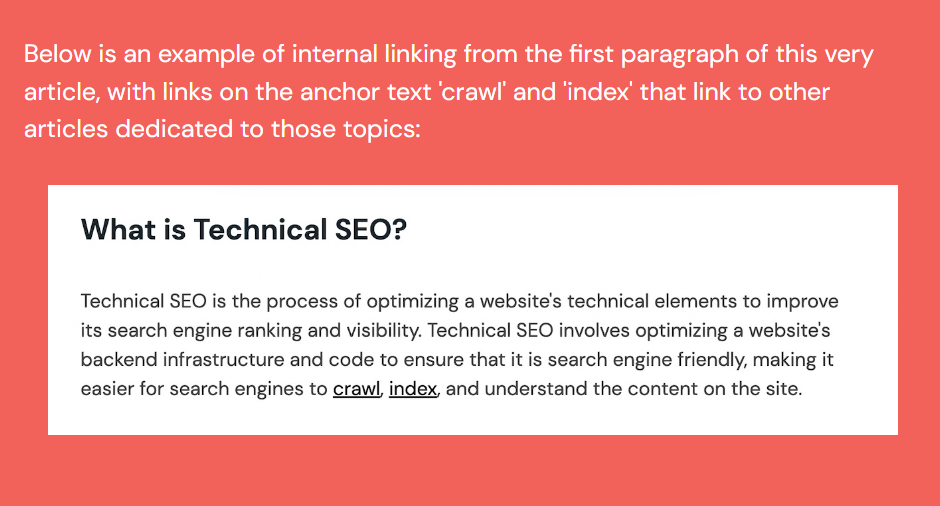
Key Elements of Technical SEO
1. Website Speed Optimization
A slow website frustrates users and negatively impacts rankings. Improve speed by:
- Compressing images
- Using a fast web hosting service
- Enabling browser caching
- Minimizing unnecessary code
2. Mobile-Friendliness
Google follows a mobile-first indexing approach, meaning it primarily considers your mobile site for ranking. Ensure your site:
- Uses a responsive design
- Has easy-to-read text and clickable elements
- Loads quickly on all devices
3. URL Structure & Site Architecture
A well-structured site helps both users and search engines navigate easily. Best practices include:
- Keeping URLs short and descriptive
- Using hyphens (-) instead of underscores (_)
- Creating a logical site hierarchy
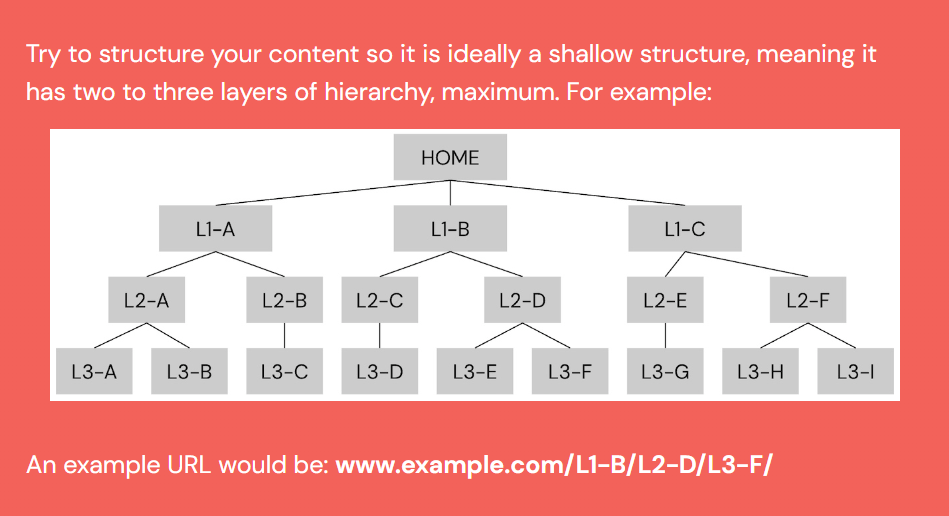
4. XML Sitemap & Robots.txt
- XML Sitemap: A roadmap that helps search engines discover and index pages. Submit it to Google Search Console.
- Robots.txt: A file that instructs search engines on which pages to crawl or ignore.
5. Secure Your Site with HTTPS
Security is crucial for both users and rankings. Ensure your website runs on HTTPS by getting an SSL certificate, which encrypts data and improves trust.
6. Fix Broken Links & Redirects
- Broken links (404 errors) create a bad user experience. Use tools like Google Search Console to find and fix them.
- Use 301 redirects to guide users and search engines to the correct pages when URLs change.
7. Structured Data & Schema Markup
Adding structured data (Schema.org) helps search engines understand your content better and display rich snippets (stars, FAQs, event details) in search results.
Final Thoughts
Technical SEO may sound complex, but focusing on these basics can significantly improve your rankings and user experience. By ensuring your site is fast, mobile-friendly, and well-structured, you lay the groundwork for long-term SEO success.

